Urbanization Trends
Urbanization is a significant driver of the Cement Additive Market. As populations migrate to urban areas, the demand for housing and infrastructure escalates. This trend necessitates the use of advanced cement additives to meet the growing construction needs. Cement additives enhance the performance of concrete, making it suitable for high-rise buildings and complex structures. Market analysis reveals that urban areas are projected to experience a construction boom, with investments in infrastructure expected to reach trillions of dollars over the next decade. Consequently, the Cement Additive Market is poised for growth, as builders increasingly rely on additives to ensure durability and sustainability in urban construction projects. This urbanization trend not only fuels demand but also encourages innovation in cement additive formulations to address the unique challenges posed by urban environments.
Regulatory Compliance
Regulatory compliance is a crucial factor influencing the Cement Additive Market. Governments worldwide are implementing stringent regulations to ensure that construction materials meet safety and environmental standards. These regulations often mandate the use of specific additives to enhance the performance and sustainability of cement. For example, additives that improve resistance to environmental factors such as moisture and temperature fluctuations are becoming essential in many regions. Compliance with these regulations not only ensures safety but also enhances the marketability of construction projects. As a result, manufacturers in the Cement Additive Market are increasingly focusing on developing products that meet or exceed regulatory requirements. This focus on compliance is likely to drive innovation and investment in new additive technologies, further shaping the market landscape.
Technological Innovations
Technological advancements play a pivotal role in the Cement Additive Market. Innovations in material science have led to the development of high-performance additives that enhance the properties of cement. These advancements include the formulation of superplasticizers and fiber-reinforced additives, which improve workability and strength. The integration of digital technologies, such as artificial intelligence and machine learning, is also transforming the production processes, enabling manufacturers to optimize formulations and reduce waste. Market data indicates that the adoption of these technologies is expected to increase efficiency and lower production costs, potentially leading to a market expansion. As construction demands evolve, the Cement Additive Market is likely to witness a surge in the adoption of these cutting-edge technologies, which could redefine industry standards and practices.
Sustainability Initiatives
The Cement Additive Market is increasingly influenced by sustainability initiatives. As environmental concerns rise, construction companies are seeking eco-friendly alternatives to traditional cement. This shift is driven by regulations aimed at reducing carbon emissions and promoting sustainable building practices. The use of cement additives that enhance durability and reduce the carbon footprint is becoming more prevalent. For instance, the incorporation of fly ash and slag in cement formulations not only improves performance but also utilizes industrial by-products, thus promoting a circular economy. The market for sustainable cement additives is projected to grow significantly, with estimates suggesting a compound annual growth rate of over 10% in the coming years. This trend indicates a robust demand for innovative solutions that align with environmental goals, thereby shaping the future of the Cement Additive Market.
Rising Construction Activities
The resurgence of construction activities is a primary driver of the Cement Additive Market. With increasing investments in residential, commercial, and infrastructure projects, the demand for cement additives is on the rise. Cement additives are essential for improving the performance characteristics of concrete, such as workability, strength, and durability. Market data indicates that construction spending is expected to grow steadily, with particular emphasis on infrastructure development in emerging economies. This growth is likely to create a robust demand for high-quality cement additives that can enhance the longevity and performance of concrete structures. As construction activities ramp up, the Cement Additive Market is positioned to benefit from this upward trend, as builders seek innovative solutions to meet the challenges of modern construction.


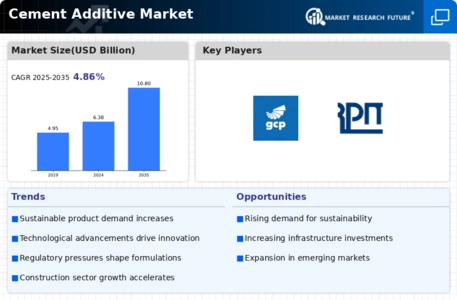
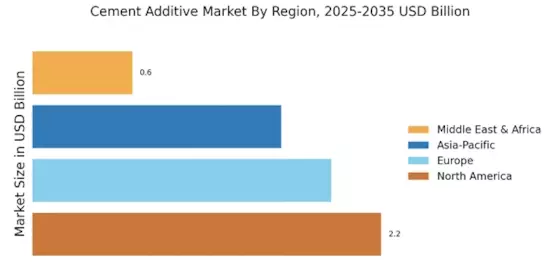

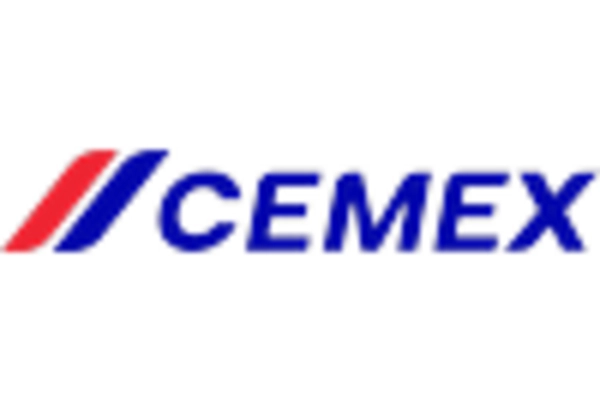
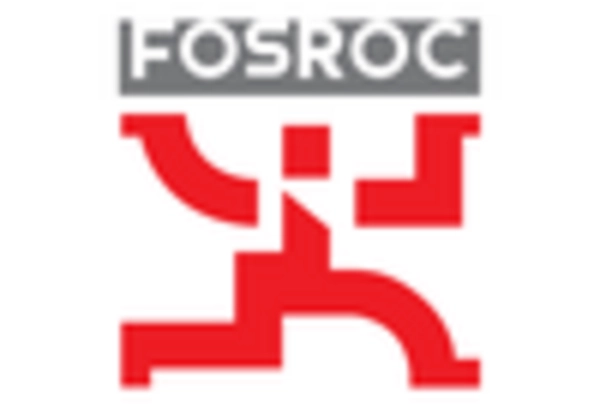
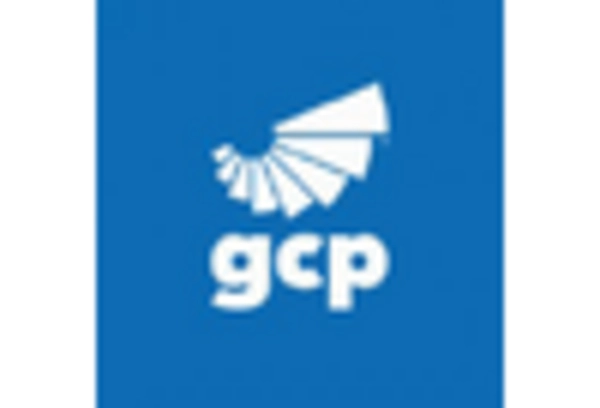
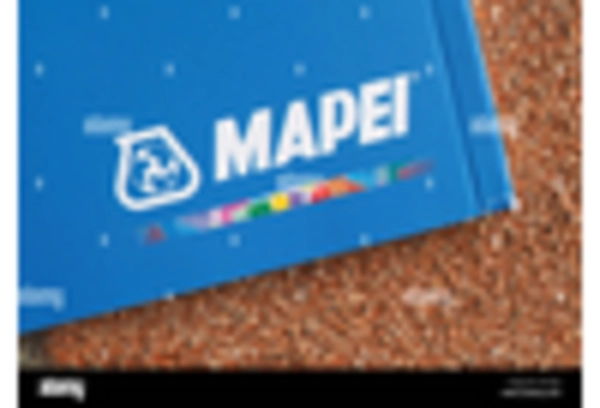









Leave a Comment